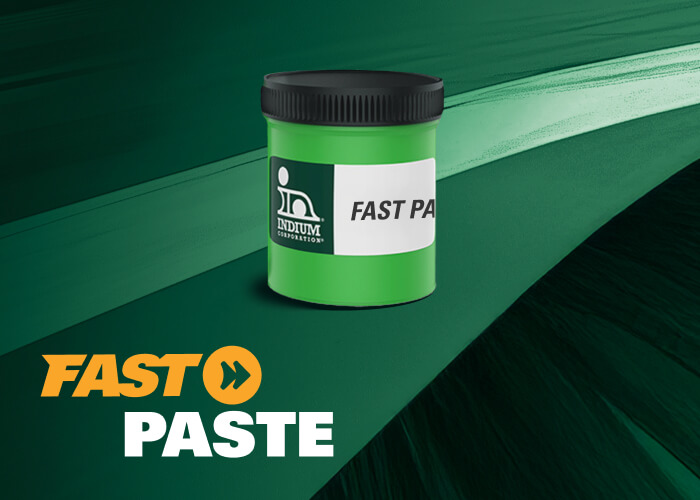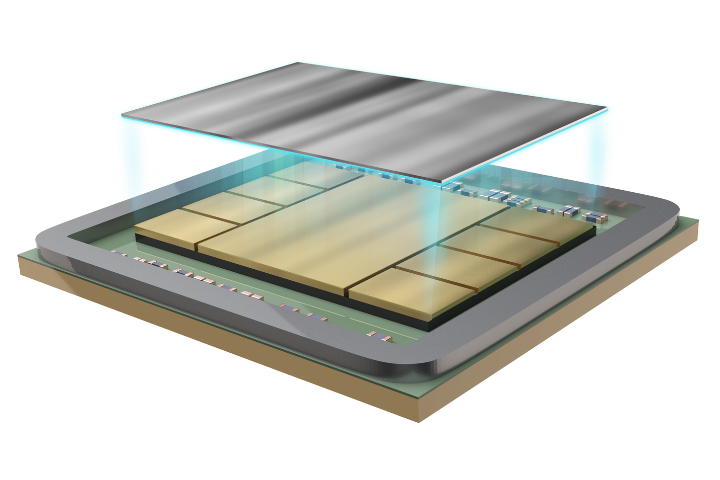A couple of my colleagues, Jim Hisert and Andy Mackie recently published an article about the use of solders in chip packaging. The article begins with the historical notion that the practice of soldering dates back around 5000 years where it was used to make metal jewelry. It is interesting to take notice that although soldering has been done for so many years, it is not a science which is completely understood. On top of that, many people are still lost in the soldering basics.
It seems that the best place to begin addressing the common misunderstandings or lack of knowledge regarding soldering is to begin with the soldering basics. In Subsequent postings we can build information from this framework.
Soldering Basics:
• Soldering is different than brazing or welding. Soldering is a technique to attach surfaces together using metal fillers (solders) which melt below 350ºC.
• A solder joint is the result of an intermetallic formation between the elements of the low temperature solder (typically some mixture of tin, lead, silver, bismuth, gold, indium or copper) and the substrate metallization being soldered. A comprehensive list of popular solder alloys can be found on Indium's Website.
• The presence of oxides over the metallic surfaces may prevent the ability for solder to co-mingle and form an intermetallic with the substrate metals. For this reason, fluxes are utilized to remove the oxides off the metal surfaces. Fluxes are a chemical mixture which may contain rosin, acids, or halides.
More information on soldering basics is available in the Indium Corporation Technical Library under Soldering 101.
Image courtesy of www.forsythedesigns.com/GigPage.aspx?PageID=1256



